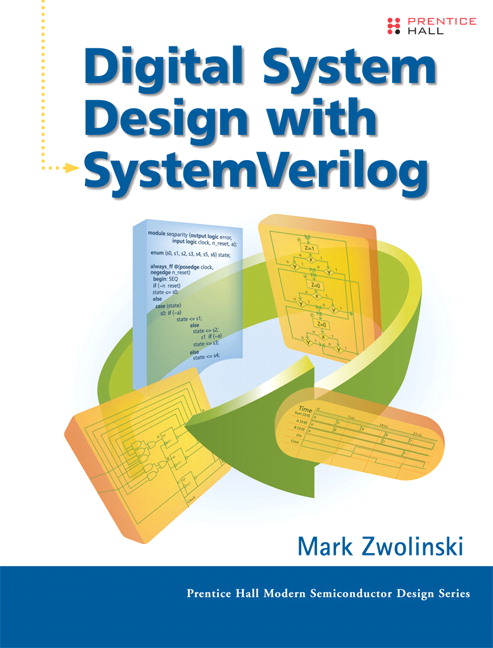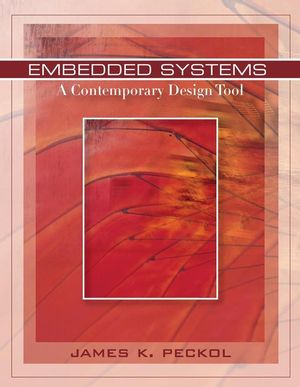
Embedded System Design
Spring 2016
 |
||
| CSEE 4840 Embedded System Design Spring 2016 |
||
Class meets Tuesdays and Thursdays, 2:40 - 3:55 PM in 717 Hamilton.
Mudd 1235 is the lab, which is filled with Linux workstations and FPGA boards. Registered students will receive accounts on these machines and 24-hour badge access to this room.
Do the labs in pairs. Project groups should be three students or more.
| Name | Office hours | Location | |
|---|---|---|---|
| Prof. Stephen A. Edwards | sedwards@cs.columbia.edu | By appt. | 462 CSB or 1235 Mudd |
| David Arthur | da2647@columbia.edu | Thursday 10:30 - 12:30 | 1235 Mudd |
| Jaykar Nayeck | jan2150@columbia.edu | Wednesday 1:00 - 3:00 | 1235 Mudd |
| Adam Incera | aji2112@columbia.edu | Thursday 12:30 - 2:30 | 1235 Mudd |
Prerequisites: ELEN E3910 or COMS W3843 or the equivalent. Embedded system architecture and programming. I/O, analog and digital interfacing, and peripherals. Weekly laboratory sessions and term project on design of a microprocessor-based embedded system including at least one custom peripheral. Knowledge of C programming and digital logic required. Lab required.
The goal of this class is to introduce you to issues in hardware/software interfacing, practical microprocessor-based system design issues such as bus protocols and device drivers, and practical digital hardware design using modern logic synthesis tools. You will put all of this to use in the lab where you will be given the opportunity to implement, using a combination of C and the SystemVerilog hardware description langauge, a small embedded system.
This is a lab course done in two parts. During the first part of the class, each student will implement the same "canned" designs designed by the instructor and be given substantial guidance. These are meant as an opportunity for you to learn the development tools and basic concepts. In the second part of the class, you will divide up into teams and each will design and implement a comparable project of their own with guidance from the instructor and TAs.
This course is a capstone in which students will integrate their knowledge of digital logic, programming, and system design to produce a real system. It is intended to complement ELEN 4340, Computer Hardware Design. 4840 focuses more on system-design issues and include a large section on hardware/software integration. Students in 4840 will use gates, processors, peripherals, software, and operating systems as building blocks.
CSEE 3827, Fundamentals of Computer Systems or the equivalent. You must understand digital logic design. Prior experience with hardware description languages, FPGAs, or embedded processors is not required.
COMS 3157, Advanced Programming or the equivalent. Specifically, C programming experience. While 4840 will teach you advanced aspects of embedded C programming, you need to come in with significant C experience.
COMS W4823, Advanced Digital Logic Design. While not a formal prerequisite, you are strongly encouraged to take it. In it, you will learn advanced logic design and HDL coding, both of which are crucial to success in 4840.
You'll perform a design-it-yourself project in the second half of the class. There are five deliverables for the project:
Project groups should be three students or more.
This is a critical part of the project and will be a substantial fraction of the grade.
Include the following sections:
Include all of this in a single .pdf file (don't print it out).
Also create a .tar.gz file (see the online documentation for the `tar' program to see how to create such a file. Briefly, create a file called `myfile' with the names of all the files you want to include in the archive and run tar zcf project.tar.gz `cat myfiles` to create the archive.) that just includes the files necessary to build your project, such as I did for the labs.
|
Bombermen:
Two-player Bomberman Gmame (AI) Hanyi Du, Murui Li, Wantong Li, and Yichun Deng |
|
Boxing:
Game (SE) Jiaqi Gua |
|
CU-Racing:
Game (JN) Chandan Kanungo, Raghavendra Sirigeri Hanumesh, Robert Kettlewell, and Shikhar Kwatra |
|
Cellular:
Cellular Automata Simulator (AI) James Olsen, Jeffrey Tao, Priscilla Wang, Robert Viramontes, and Serena Shah-Simpson |
|
Chip8:
Game Language Emulator (SE) Ashley Kling, David Watkins, Gabrielle Taylor, and Levi Oliver |
|
Crops:
Tower Defense Game (SE) Ao Li, Chenli Yuan, Dingyu Yao, and Liang Zhang |
|
DGEsc:
Dungeon Escape Game (AI) Shengjia Zhang, Xiaoqing Yong, Yi Wu, and Yuxin Yang |
|
FOREX:
High-speed foreign exchange trading (DA) Graham Gobieski, Kevin Kwan, Shang Liu, and Ziyi Zhu |
|
FPGgram:
Image rendering (JN) Diana Valverde-Paniagua and Tonye Brown |
|
Gestures:
Gesture Recognition (JN) Avinash Nair, Jerry Barona, and Manushree Gangwar |
|
JARVIS:
Adaptive Noise Cancellation (JN) Ashwin Karthik Tamilselvan, Gikku Stephen Geephilip, Richa Glenn Netto, and Rishikanth Chandrasekaran |
|
JPEG:
JPEG Compression Engine (DA) Nan Zhao, Song Wang, Xinyi Chang, and Yuxiang Chen |
|
Jumpers:
Plaform game (AI) Bernardo De Almeida Abreu, Henrique Pizzol Grando, Lucas Ikenaga Barros, and Tomas Mantelato |
|
Switch-ON:
Network Switch Demonstrator (DA) Ayush Jain, Donovan Chan, and Shivam Choudhary |
|
Tetris:
Game (DA) Benjie Tong, Weipeng Dang, Yanbo Zou, and Yiran Tao |
|
Whac-a-mole:
Game (SE) Aditya Bagri, Astha Agrawal, Georgios Charitos, and Jai Sharma |
|
nes-pacs:
NES Emulator (SE) Akira Baruah, Chaiwen Chou, Philip Schiffrin, and Sean Liu |
![]() My favorites
My favorites
Mark Zwolinski. |
 |
James K. Peckol. |
 |
| Grading | 30% Labs |
| 10% Milestone 1 | |
| 15% Milestone 2 | |
| 20% Milestone 3 | |
| 25% Final Report and presentation | |
| Late Policy | Zero credit for anything handed in after it is due without explicit approval of the instructor. |
| Collaboration Policy | Work in pairs on the labs. You may consult others, but do not copy files or data. You may collaborate with anybody on the project, but must cite sources if you use code. |